Photosynthesis is the process of converting light energy into chemical energy and storing it in the bonds of sugar. This process occurs in plants and some algae (Kingdom Protista). Plants need only light energy, CO2, and H2O to make sugar. The process of photosynthesis takes place in the chloroplasts, specifically using chlorophyll, the green pigment involved in photosynthesis. Photosynthesis takes place primarily in plant leaves, and little to none occurs in stems, etc. The parts of a typical leaf include the upper and lower epidermis, the mesophyll, the vascular bundle(s) (Veins), and the stomates. The upper and lower epidermal cells do not have chloroplasts, thus photosynthesis does not occur there. They serve primarily as protection for the rest of the leaf. The stomates are holes which occur primarily in the lower epidermis and are for air exchange: they let CO2 in and O2 out. The book is designed primarily to be used as a resource book for new researchers in plant photobiology.
Agronomy Terminology
$86.40
$96.00

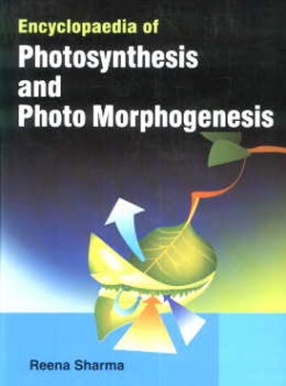


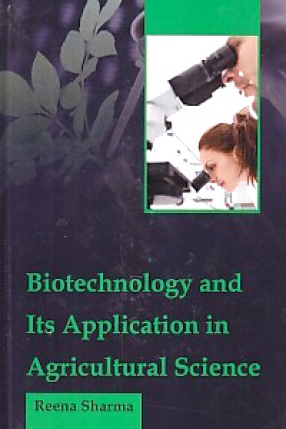
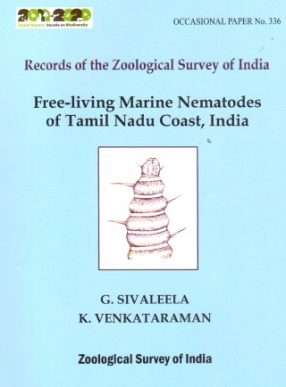
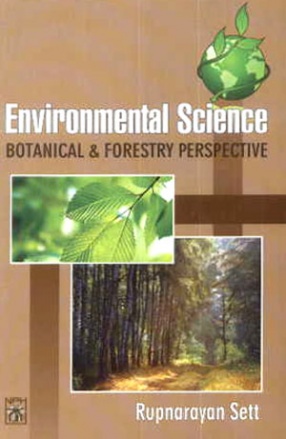
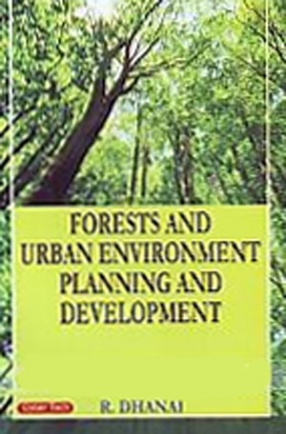
There are no reviews yet.